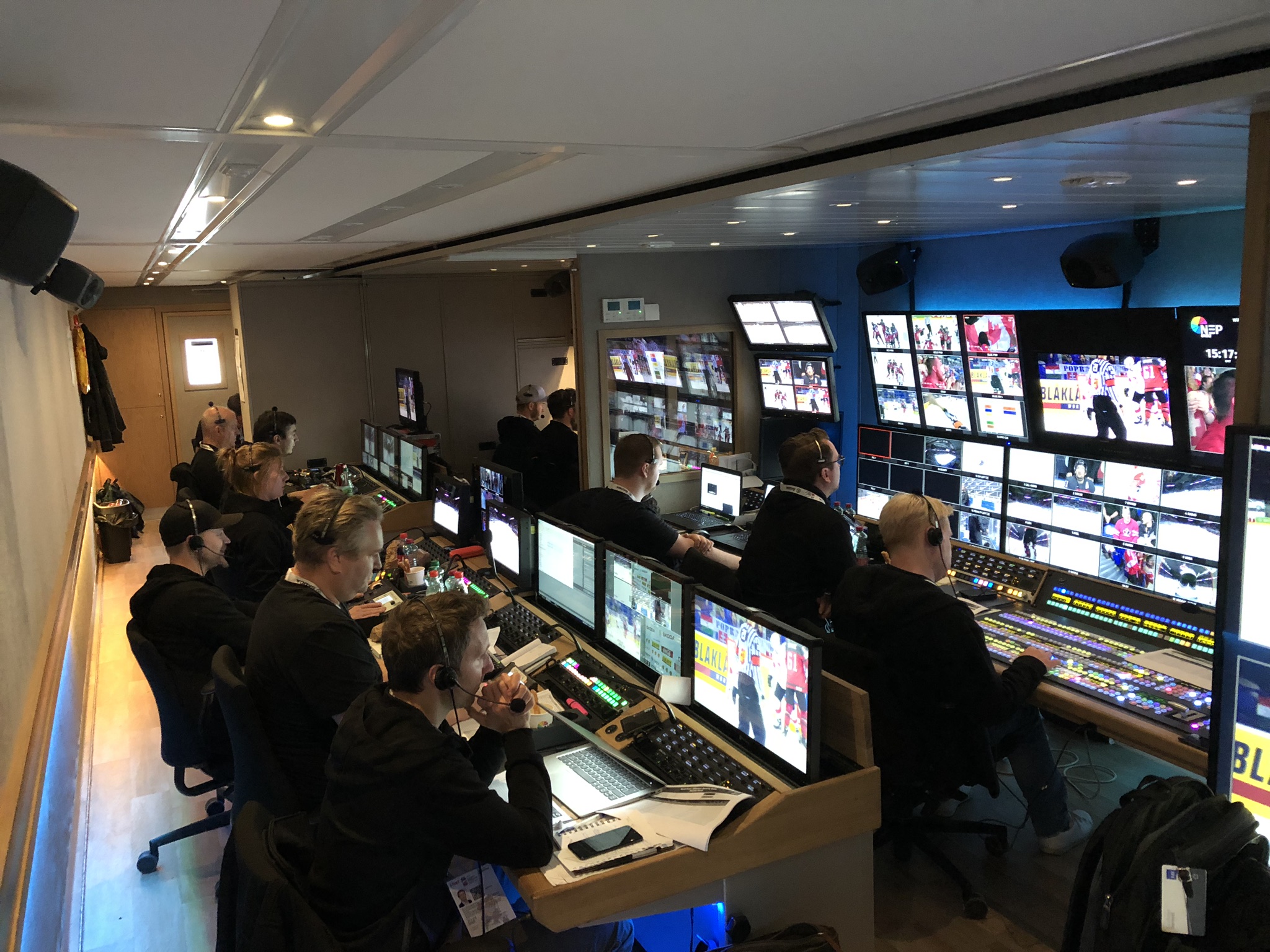The MSO Network Modernization Conundrum
Pity the cable operators. Their business is under relentless assault from existing and new competitors. Their networks are increasingly strained by the insatiable demand for bandwidth. And unlike in times past when the playbook to improve their network was well-defined, today, their modernization options are numerous, complex and involve significant trade-offs and dependencies. At the same time, the pace of change has accelerated significantly. For example, 1.2 GHz started in 2016 and only took three years for wide deployment. Some operators are now talking about 1.8GHz, undoubtedly driven by things like turbo EPON (up to 2.5 Gb/s downstream) and 5G wireless. In the near term, operators are grappling with how to achieve 10G, which is expected to deliver 10Gb/s capacity, lower latency and improved security.

Here are just some of the technologies cable operators have to consider:
- Distributed access architecture, which itself has primarily two flavors to consider: R-PHY and R-MACPHY
- Full Duplex DOCSIS (FDX) for operators that are able to commit to an N+0 architecture
- Extended Spectrum DOCSIS (ESD) for operators that are more likely to adopt an N+small architecture
- The virtualization the CCAP core.
Just when operators are working on wrapping their arms around 10G, the vendor community already has 25G in its sights. Although there are many alternatives to deliver 10G, 25G inevitably will require more spectrum, perhaps as much as 3GHz of it. Increasing spectrum is a major undertaking for operators. It requires changes to the amplifiers and taps in the outside plant, a very costly and operationally complex undertaking. In recent time, operators made changes to the outside plants every 10 or so years. Recent industry developments are forcing them to consider significantly shorter change cycles.
And that’s not all. Recently CableLabs announced that it started working on DOCSIS 4.0, which is supposed to include FDX, ESD and low latency, as well as other capabilities that are yet to be defined.
Sorting their way into all these options is no simple matter. Operators need to do this while maintaining a complex network and while serving customers that are ever more demanding.
A telecom executive nicely described the challenges operators face as they modernize their networks and operating environments:
“When you’re in a business like ours, you have to execute across a couple hundred initiatives in parallel, into multiple markets, across multiple infrastructures, with all sorts of different people. And we make our overall numbers as the sum of a thousand small numbers. It’s not a straightforward path”, said Simon Moutter, outgoing managing director, Spark (nee Telekom New Zealand).
All things being considered, it is no wonder that operators are not moving at lightning speed to evolve their networks. Their roadmap will be carefully planned, thought through and will be driven by the need to solve real problems they face today or are likely to face in the foreseeable future. It is up to vendors to meet them where they are, to help them as they define their roadmaps by creating end-to-end solutions that solve their specific needs, while providing the guidance on trade-offs and alternatives that will help them plan their transformation journeys.
Lilianne Offredo-Zreik is a principal analyst at ACG Research.
Get the TV Tech Newsletter
The professional video industry's #1 source for news, trends and product and tech information. Sign up below.
